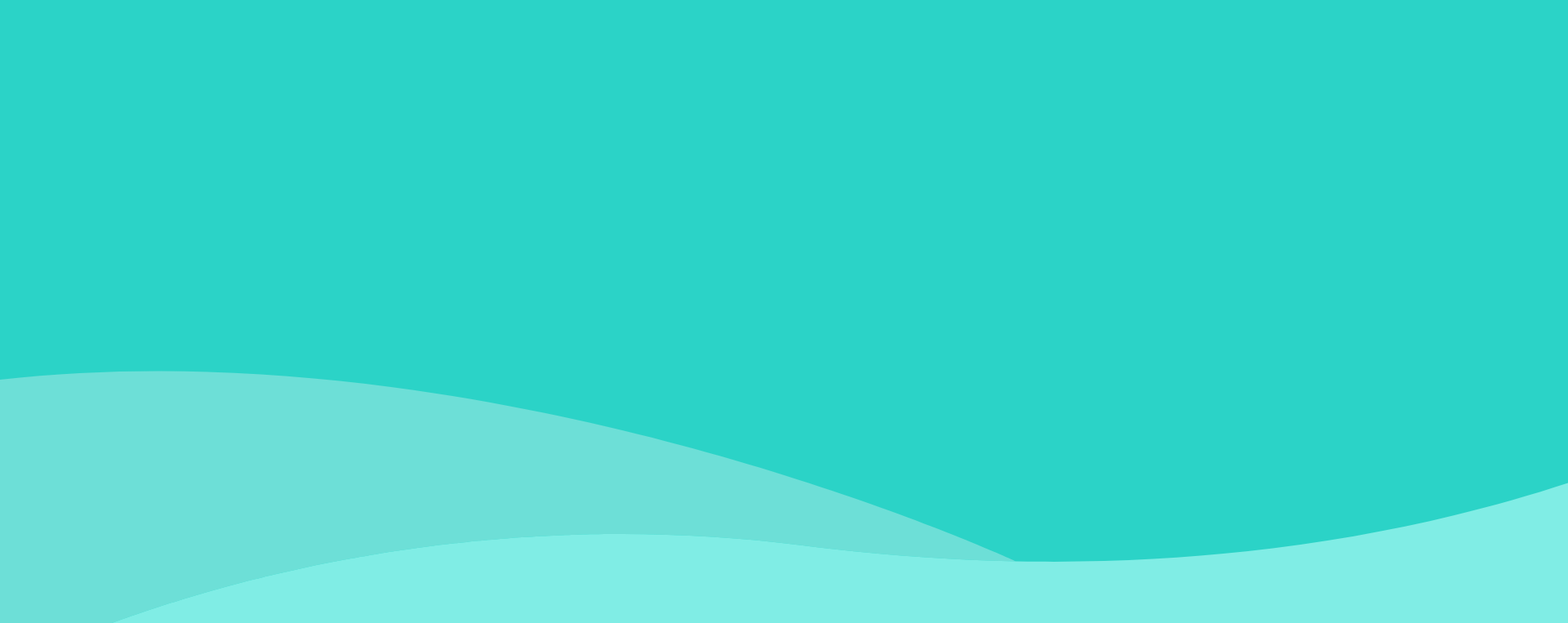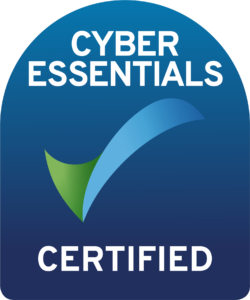
HaloITSM Guides
Documentation to assist with the setup and configuration of the HaloITSM platform
ConnectWise Automate Integration
In this guide we will cover:
- Users and MFA
- Configuring the Module
- Clients, Sites and User Imports
- Asset Imports
- Alerting
Users and MFA
To retrieve data from ConnectWise Automate, user credentials are required. It is highly likely that you have multi-factor authentication enabled for your users, which is not supported in the integration.
To bypass MFA when making requests to ConnectWise, you will need to create or update a user and set them as an Integrator User. This can be achieved by going to System > Users and Contacts > Users.
Fig 1. Integrator user.
Note: If you have an on-premise instance of ConnectWise Automate, please ensure that the 'OPTIONS' method is enabled in ISS for http requests.
Configuring the Module
To enable the ConnectWise Automate integration in Halo, go to Configuration > Integrations, and enable the module. Once the module has been enabled, click the menu icon for the module to begin configuring it.
The first piece of configuration is to specify your ConnectWise Automate server URL. You then need to supply the username and password of the Integrator user that was configured in the ConnectWise Automate configuration section of this guide.
Fig 2. Module setup.
Clients, Sites and User Imports
Now you can begin your Clients, Sites and Users from ConnectWise Automate. If you are using customer top levels, you are able to choose which top level Customers from the import should be located under. You can also choose a default site, so that if you don’t import a particular Site, but you import a user belonging to that site, the user will still be created under the default Site.
Fig 3. Customer, site, user imports.
Once you have chosen the default Site, you can use either of the buttons to import Customers and Site, or users. It is recommended that you import Customers and Sites first, so that your users can be allocated to their correct Sites when imported.
When clicking either of these buttons, the importer screen will open, and Halo will attempt to make a connection to ConnectWise Automate. If you have made a mistake in the earlier configuration steps, such as an invalid password, you will be notified of this on the importer screen. If the credentials and server URL supplied are correct, your data will be retrieved and listed on the importer screen. Any other errors will also be displayed in the centre of the importer screen.
Asset Imports
Before you can import Assets, there are some configuration steps that must be completed. The first option is to choose a default site, so that if an Assets site has not been imported from ConnectWise Automate, the Asset can still be created under the default site.
Fig 4. Asset imports.
The next step is to map Asset Types from ConnectWise Automate to Halo Asset Types. There are four different types of Assets that can imported from ConnectWise Automate. These are Servers, Workstations, Routers and Printers. Using the table, create a mapping for each Asset Type that you would like to import.
Fig 5. Asset type mappings.
Failing to map an asset type will restrict your access to the corresponding import button found at the bottom of the Asset import configuration section. Printers can only be imported if you are importing either Servers or Workstations. When importing Servers or Workstations, if you have a mapping for Printers, Halo will send an extra request to ConnectWise Automate to retrieve any associated printers and create these as their child Assets of the Server/Workstation.
Once you have created all of your Asset Type mappings, you can then move on to creating field mappings for each Asset Type. Clicking the plus icon in the top right-hand corner of the field mapping table will open an input screen with 4 options.
Fig 6. Field mappings.
The first option is to choose which ConnectWise Asset Type the field mapping is for. Each Asset Type has a pre-determined list of fields available to map. The next option is to choose what type of field you would like to map too in Halo. You can map to standard custom fields here, or you can map to Asset fields.
The next two options allow you to choose one of the pre-determined fields from ConnectWise Automate to map to a Halo field. If you have chosen a field type of Asset Field, there is an additional option allowing you to create a field during the next import. If chosen, Halo will try to create a new field during your next import with the name equal to the ConnectWise Automate field that you are mapping too. If a field with that name already exists, the mapping will be updated to map to the pre-existing field.
Once you are happy with your field mappings, there is one last configuration option to consider before you can begin importing, which is the Asset Matching Field. This contains your full list of asset fields.
If you already have your Asset list in Halo, and would like to update your old records, you will need to choose an Asset field to match on, because your old Assets will not have a ConnectWise Automate ID associated with them yet.
This field should be unique, and must have a corresponding field mapping for each Asset Type you are importing. Halo will then use the value of this field to match pre-existing Assets and avoid creating duplicates of your data.
User matching (v2.196+)
On versions prior to v2.196 users cannot be matched to assets imported from Connectwise automate. On versions above this however, users can be matched to assets using an EDF field (custom field) from Connectwise automate.
Fig 7. User matching
In the field highlighted in figure x, enter the name of the EDF field in Connectwise that you would like user matching to be based on. This field will need to contain the email address or Azure UPN of the user the asset is assigned to. When assets are imoported, this field will be checked, if the email/Azure UPN in this field matches a user in Halo the asset will be assigned this user in Halo.
Once happy with your configuration, use the three buttons to begin importing each type of Asset. Printer information is not displayed on the importer screen, but will be retrieved when the Server/Workstation record is saved to the Halo database.
As the asset tag field is not unique in ConnectWise Automate, the serial number is saved as the Asset Tag for Servers and Workstations. The Asset Tag for Routers is saved as the GUID associated with the Router in ConnectWise Automate.
Alerting
As with all RMM tools, it is possible to have email alerts sent to a mailbox when a problem is detected with an Asset. To process these alerts and assign them to the correct Assets, add an email rule by completing the 'From Address' and 'Ticket Type for new Alerts'. You can also add your ConnectWise Automate alert types by clicking the button to take you to the alert type list.
Fig 7. Alerting configuration.
Permissions for API based alerting:
- Clients > Read
- Contacts > Read
- Locations > Show All
- Scripts > Read
- Tickets > Read & Update
Also
- Permissions: Tick the “Integrator” box at the bottom of the page and assign the new User Class
- Groups and Clients: under Group Membership, add the user into All Agents and All Clients
In Scripts > Maintenance > Tickets, you will find the two “Ticket Finish” scripts. I have given the Execute permission to the new User Class created for the Halo user.
Halo will periodically scan the list of Tickets in ConnectWise Automate & import/update respective Alerts in Halo - Comments will also be imported into Halo.
Tickets can be closed in Automate via selecting the ID of the 'Ticket Finish by Ticket Number' (this ID can be found in ConnectWise Automate).
This is usually script ID 5055 and you will need to ensure the API User that is specified as part of the integration has execute permission.
Fig 8. Script.
Popular Guides
- Asset Import - CSV/XLS/Spreadsheet Method
- Call Management in Halo
- Creating a New Application for API Connections
- Creating Agents and Editing Agent Details
- Departments and Teams
- Halo Integrator
- Importing Data
- Multiple New Portals with different branding for one customer [Hosted]
- NHServer Deprecation User Guide
- Organisation Basics
- Organising Teams of Agents
- Step-by-Step Configuration Walk Through










